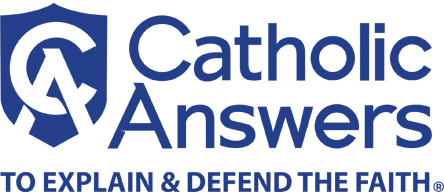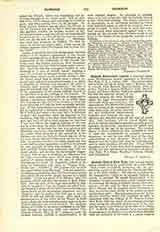

Catholic Benevolent Legion, a fraternal assessment life-insurance society organized in Brooklyn, New York, U.S.A., September 5, 1881. The charter members were Dr. George R. Kuhn, John C. McGuire, John D. Carroll, John Rooney, Thomas Cassin, John D. Keiley, Patrick F. Keany, William G. Ross, David T. Leahy, and Robert Myhan Bishop Loughlin of Brooklyn was the spiritual adviser of the supreme council, the body through which the legal incorporation was made, and which governed the entire organization. The object of the Legion was, as stated in its constitution, to unite fraternally, for social, benevolent, and intellectual improvement, Catholic men between the ages of eighteen and fifty-five years at the time of admission. Life insurance not to exceed $5,000 was given in various amounts to members according to an optional classification, assessments for which were governed by the age of the member. The originals of these assessments were increased in 1905 to meet the requirements of sounder insurance experience, as was the case with most of the other organizations of this character. Reports to 1908 showed that the Legion had, from its establishment, paid in death insurance $19,000,000. It had 20,000 members out of a total, from time of organization, of 74,188, and was represented by councils in six States: New York, New Jersey, Maryland, Indiana, Illinois, and Connecticut.
THOMAS F. MEEHAN

